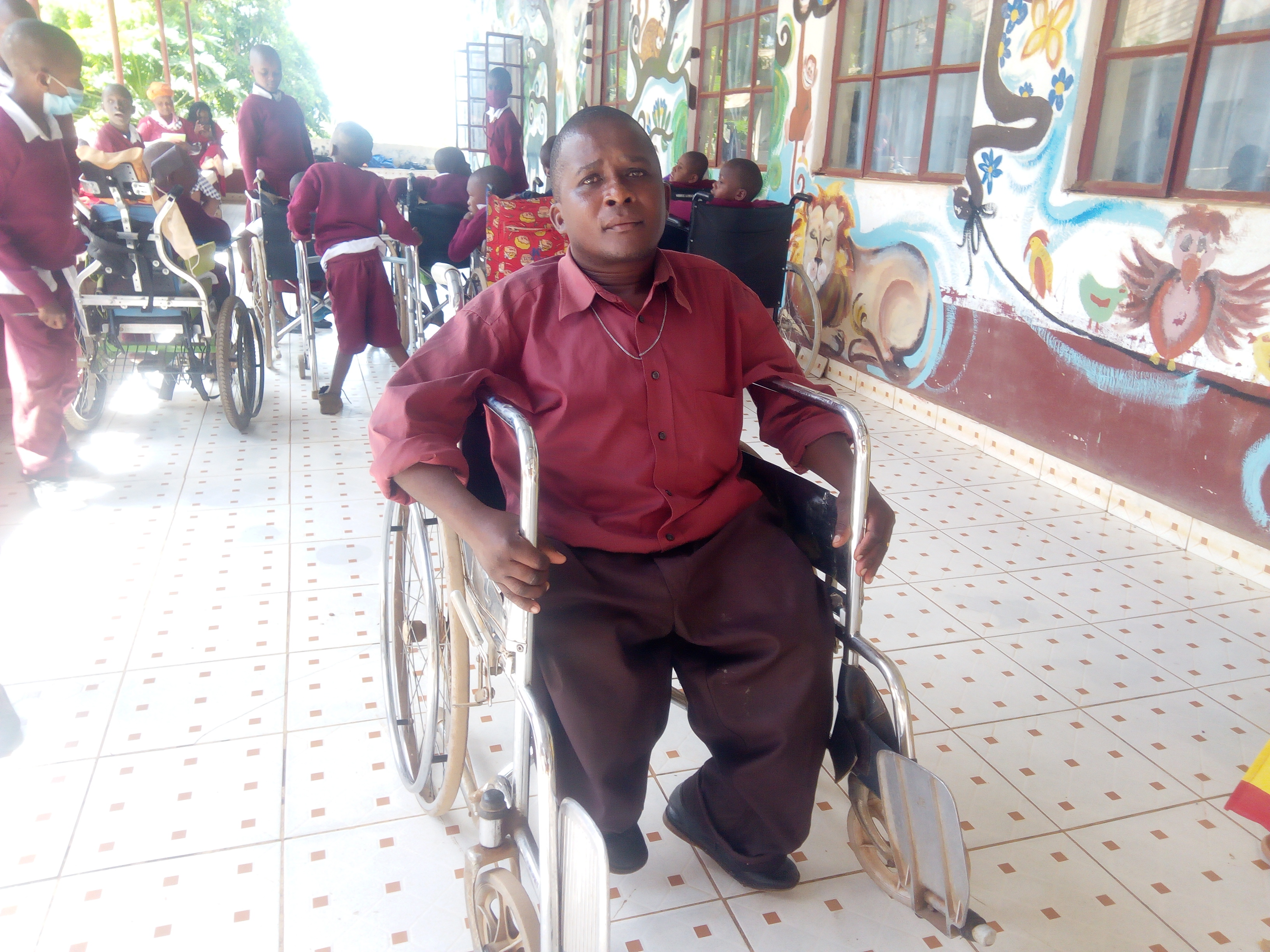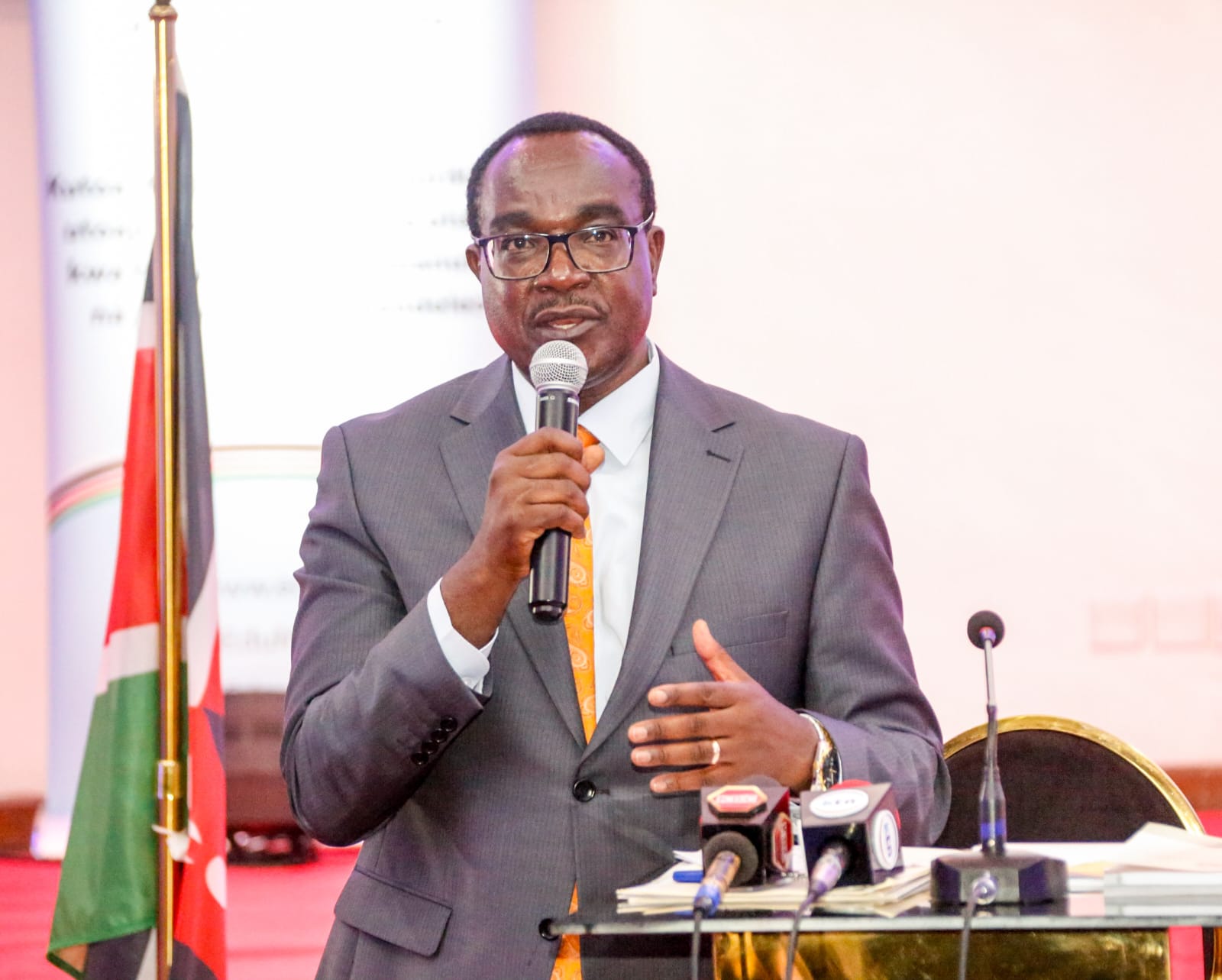By Roy Hezron
The government through the Kenya Universities and Colleges Central Placement Service (KUCCPS) and the Directorate of Technical and Vocational Education Training has been urged to put in place measures to enhance placement of trainees with disabilities in all levels of technical institutions notably the National Polytechnics, Technical Training Institutes (TTIs) and Vocational Centres.
The recently availed survey report by Kenya Institute of Special Education (KISE) on A Situational Analysis of Inclusive Education Practices in Technical and Vocational Education Training Institutions in Kenya revealed that about 72.6 percent of trainees with disabilities get admissions into Technical and Vocational Education and Training(TVET) by making direct applications. Majority of these trainees are those with learning disabilities and hard of hearing (hearing impaired).
The survey also revealed that 9.1 % of those placed in TVETs are those with physical disabilities. This implies that dmission of trainees with disabilities into technical institutions in the country lacks adequate support and that only those capable of making direct applications are likely to get admitted into the institutions.
18.2 percent of trainees with disabilities get admissions into the institutions through other means which were identified initiatives and interventions of educational partners such as Non-Governmental Organizations (NGOs) in various parts of the country, vibrant Community Based Organizations (CBOs) and/or Faith-Based Organizations (FBOs).
“While it appears that other government programmes contribute to only 0.1 per cent of total enrolment of trainees with disabilities in technical institutions in Kenya, it is important to note that some government programmes such as the National Youth Service (NYS) have increased placement of youth with disabilities into training institutions. For instance, admission of the deaf into technical institutions has increased significantly due to NYS interventions,” reads part of the survey report.
The survey report recommended that awareness should be created among trainers to embrace inclusivity in leadership and governance and also encourage trainees with disabilities to vie for leadership positions, a case in point being managements of TVET institutions eliminating discrimination of trainees with disabilities and creating an environment to ensure the trainees participate in governance.
The survey pointed out that 44.4 per cent of TVET institutions have trainees with disabilities represented in their student council while 55.6 per cent of these institutions do not have trainees with disabilities in the student leadership.
The survey also found that 16.7 per cent of TVETs have a reserved slot for trainees with disabilities in their student’s council and 13.5 per cent allow representation only through election by popular vote.
On the other hand, some institutions allow students with disabilities to nominate their representatives while in others, the school administration plays a role in the nomination of representatives.
The report revealed that it was mostly in Technical Training Institutions (TTIs) and National Polytechnics where school administrations either nominated a student representative or created a reserved slot for a trainee with disability in the student council.
The survey findings also noted that Special Needs Technical and Vocational Institutions and Technical Training Institutions encourage representation of trainees with disabilities into the students’ council through election by popular vote, which implies that given a conducive environment, trainees with disabilities can compete for elective positions in leadership and enhance opportunities to articulate issues affecting them.
Regarding enrollment of trainees in the TVET institutions, the survey recommends that the state should consider enforcing the implementation of the Constitution of Kenya (2010), TVET Act 2013, Convention on the Rights of Persons with Disabilities (CRPD) sector policy 2018 and the Disability Act of 2003 on access to education in public institutions.
It also recommends that the Directorate of Special Needs Education (DSNE) and the Directorate of Technical Education Vocational and Training (DTVET) should give a policy directive on reverse integration to avoid trainees without disabilities outweighing those with disabilities in Special Technical and Vocational Training Centres.
Other recommendations were that the DTVET should introduce measures to enhance enrolment of female trainees with disabilities in TVET institutions since national polytechnics are adequately resourced to serve as centres of excellence in TVET education.
It also recommended that accommodation should be provided to support trainees with disabilities.
The recommendations were prompted by the survey findings that showed that the general enrolment in National Polytechnics was the highest at 3785 and that in vocational training centres was the lowest at an average of 147 trainees annually with trainees with disabilities constituting less than 4 per cent of the total student population in TVET institutions in the country.
The survey further reveals that majority of trainees with disabilities are enrolled in Vocational Training Centres (VTCs) which is the lowest level among the technical institutions in the country, while National Polytechnics and Technical Training Institutions (TTIs) which have more specialized training programmes and equipment enroll less than 0.5 per cent of trainees with disabilities.
No National Polytechnic has been established and categorized as a Special Needs Training Institution in Kenya.
Special Needs TTIs were found to have the highest enrolment with an average of 501 while VTCs had relatively low enrolment rate of 82 trainees annually. The proportion of trainees without disabilities enrolled in SNTVIs (Special Needs Technical and Vocational Institutions) is significantly higher (31.1 per cent in Special Needs TTIs and 76.2 per cent VTCs) compared to the proportion of trainees with disabilities in regular training institutions.
On gender disparities in the enrollment of trainees with disabilities in TVET institutions, the survey reveals that there are more male trainees at 56 per cent compared to their female counterparts at 44 per cent.
The trend of enrolling more male trainees with disabilities in TVET institutions was observed at the Technical Training Institutions (TTIs) and Vocational Training Centres (VTCs) at 60 per cent and 56 per cent respectively. National polytechnics have more female trainees at 53 per cent compared to males at 47 per cent.






